Celestron Omni XLT 150 EQ Telescope
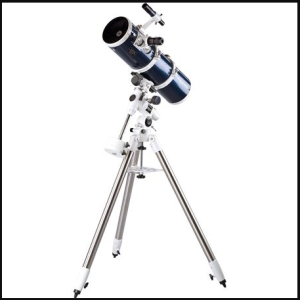
Celestron Omni XLT 150 EQ Telescope offers a Newtonian reflector with a rigid German equatorial mount. A large aperture, fast focal ratio, and broader views allow serious astronomers to observe the details of the Moon and planets of our solar system and deep sky objects. The sturdy focuser accepts larger eyepieces allowing a range of magnification necessary for observation. The rigid mount and tripod make it an ideal scope for sky observation.
Advantages and Disadvantages of Celestron Omni XLT 150 EQ
Advantages
- A large aperture with a fast focal ratio offers a shorter exposure time than the slower scopes.
- It offers a wide field of view to observe.
- High-quality optics with Starbright optical coatings reduces light loss and produces high contrast images.
- Sturdy and smooth Omni CG-4 equatorial mount
- Good quality accessories
- The focuser is sturdy enough to handle accessories and larger eyepieces.
Disadvantages
- Lenses create chromatic aberration at high magnification.
- A 45-degree prism is not satisfactory.
Technical Specifications of Celestron Omni XLT 150 EQ Telescope
Optical Assembly
- 150 mm aperture with 750mm focal length and f/5 focal ratio
- StarBright anti-reflection optical coatings
- Easy handling Newtonian reflector with lightweight shorter tubes.
- Rayleigh; 0.76 arcsec, Resolution: 0.92 arcsec, Dawes
- 6×30 rack-and-pinion focuser
Mount
- German equatorial mount and tripod
- Mounting ring assembly enables the scope to rotate the optical tube.
- The vixen-style dovetail plate is compatible with the Vixen-style saddle.
- RA and dec slow-motion controls
- 1.75″ Stainless Steel tripod legs include a sturdy accessory tray.
- Two counterweights provide balance and control.
Physical Appearance
- The total weight is 22.45kg
Accessories of Omni XLT 150 EQ
- 25 mm Plossl eyepiece is 1.25’’ in diameter with a magnification power of 30x
- 6X30 polar finderscope with mounting bracket.
- 2 -axis motor drive· system
What can you see with Celestron Omni XLT 150 Equatorial?
- The Moon and its details (craters, ridges, mountains, etc)
- The phases of Venus & Mercury.
- The ice cap of Mars and some albedo features.
- The bands of Jupiter, the Great red spot, and 4 giant moons.
- The cloud belts of Saturn, rings, the Cassini division, and moons.
- Uranus and Neptune as little blue dots.
- M 13 and more than 50 globular clusters.
- Nebulae like Orion, Trifid, Lagoon, and Swan
Recommended Accessories
- Celestron SLR (35mm OR Digital) Camera Adapter
- Celestron NexImage 5 Solar System Imager (5MP)
- Sensei DOC-CK Deluxe Optics Care and Cleaning Kit
- Losmandy Universal Dovetail Plate (14″)
- Tele Vue Tele-Pod Advanced Aluminum Tripod
- Celestron AstroMaster Accessory Kit (1.25″)
- Celestron 8-24mm Zoom Eyepiece (1.25″)
- Celestron AC to DC Power Adapter
Astrophotography Example with Omni XLT 150 EQ
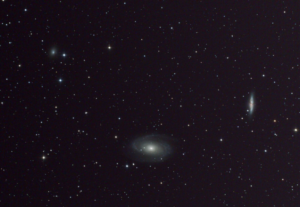
Fig 3: Astrophotography with Celestron Omni XLT 150 EQ Telescope (Ref: cloudynights)
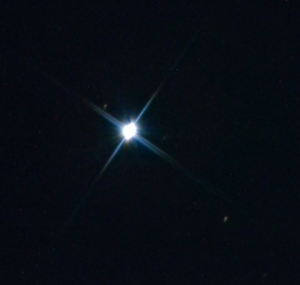
Fig 4: Astrophotography with Celestron Omni XLT 150 EQ (Ref: preview)
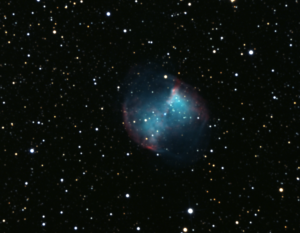
Fig 5: Astrophotography with Celestron Omni XLT 150 EQ Telescope (Ref: preview)
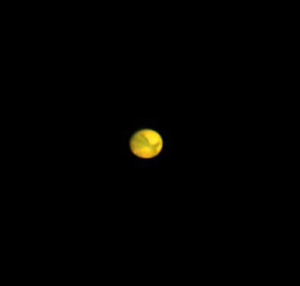
Fig 6: Astrophotography with Celestron Omni XLT 150 EQ Telescope (Ref: astronomysource)
Alternative Options To Celestron Omni XLT 150
- Celestron Astro-Fi 130: Less aperture than Omni XLT 150 but with a computerized mount.
- Apertura AD8 / Zhumell Z8 /Orion SkyLine 8: More aperture and better accessories.
- Sky-Watcher 8” FlexTube: More aperture and a collapsible tube.
